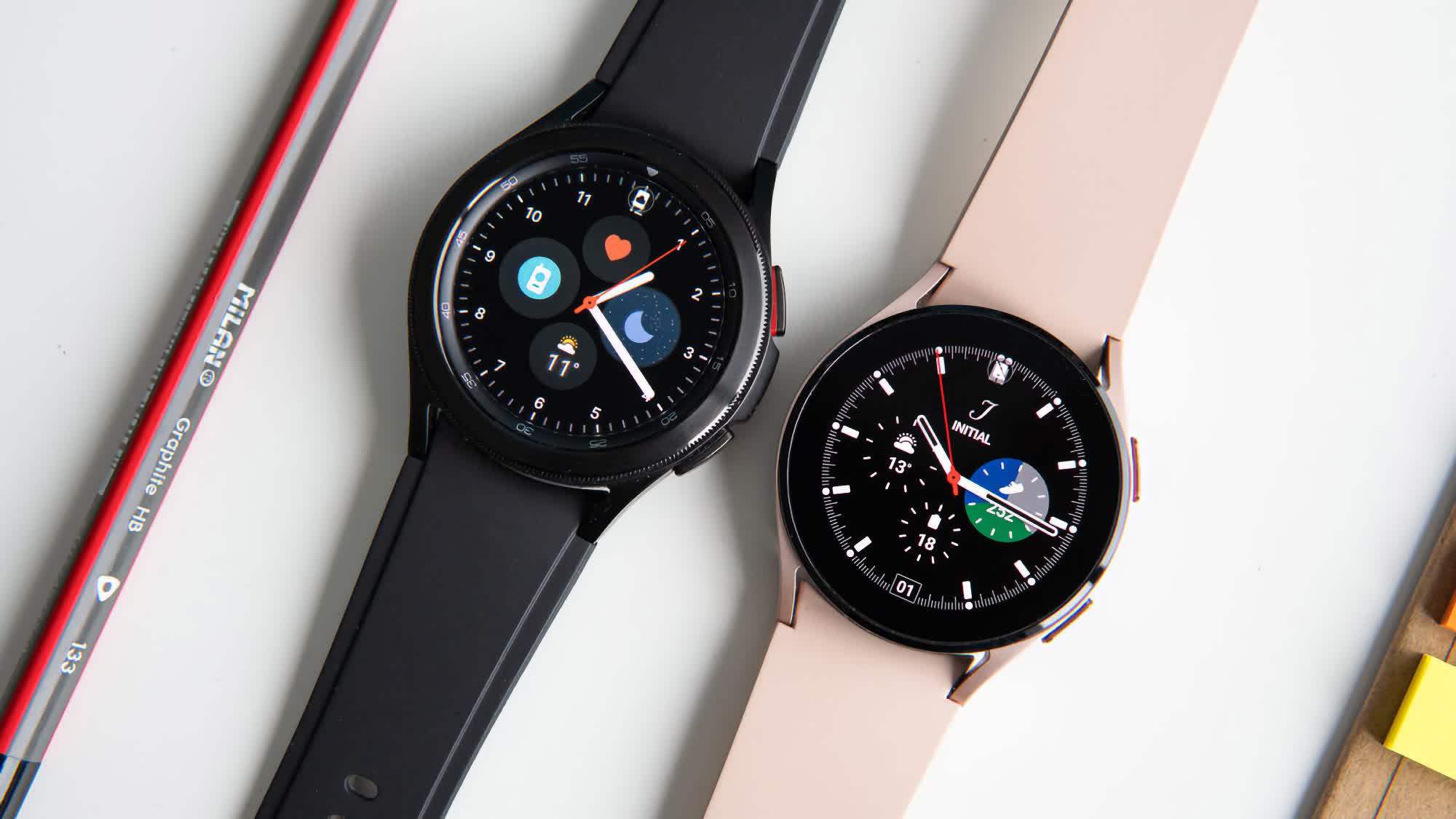Highly anticipated: After betting on the future of RISC-V with an industry-wide alliance, Qualcomm is now bringing its first chip based on the open-source architecture to the mass market. The American chipmaker will join Google in creating a new hardware platform for the Wear OS system.
Qualcomm has just announced an "extended" collaboration with Google in the wearable business, with the aim of developing a "RISC-V Snapdragon Wear" platform for the next generation of Wear OS products. RISC-V-based wearable solutions will enjoy a global launch at a later date, Qualcomm says, and will be instrumental in cementing the company's role as the leading "silicon provider" for Wear OS smartwatches.
In its announcement, Qualcomm highlights the open-source nature of the RISC-V instruction set architecture (ISA), which provides chip manufacturers and designers with the ability to develop completely custom computing cores. More companies can enter the market, Qualcomm says, with obvious benefits for overall innovation and competition.
The RISC-V technology is open, flexible and scalable, Qualcomm states, and it can benefit the entire value chain that goes from silicon vendors to OEM manufacturers, end devices, and finally consumers. Wear OS general manager Bjorn Kilburn said that Qualcomm technologies have so far been a "pillar" of the Wear OS ecosystem, and Google is ready to extend its partnership with the company to bring a RISC-V wearable solution to the market.

Google is indeed working hard to turn the open-source ISA into a "tier 1 platform" for Android, the mobile system providing the software foundation for the Wear OS platform. Mountain View must make sure that low-level components of the Android OS will work well on RISC-V chips, while app support should be easier to achieve as they are mostly written in Java or the cross-platform, Java-interoperable Kotlin programming language.
Qualcomm is investing a lot of energy (and money) into turning RISC-V into a successful chip technology. The chipmaker recently announced an alliance with other leading technology companies to promote RISC-V adoption, and the newly introduced initiative for Wear OS devices will likely be the first, true debut of the ISA in the mass-market of Android devices.
Aside from being a flexible and completely customizable hardware platform, RISC-V could also provide Qualcomm, Google and other mobile-related companies with a real alternative to Arm architectures. The Softbank-owned chip designer isn't as reliable (and predictable) as it used to be, and now the company seems mostly interested in wooing stockholders with a more aggressive business model. Arm recently sued Qualcomm, which is one of its largest industry partners, over Nuvia licensing fees.
